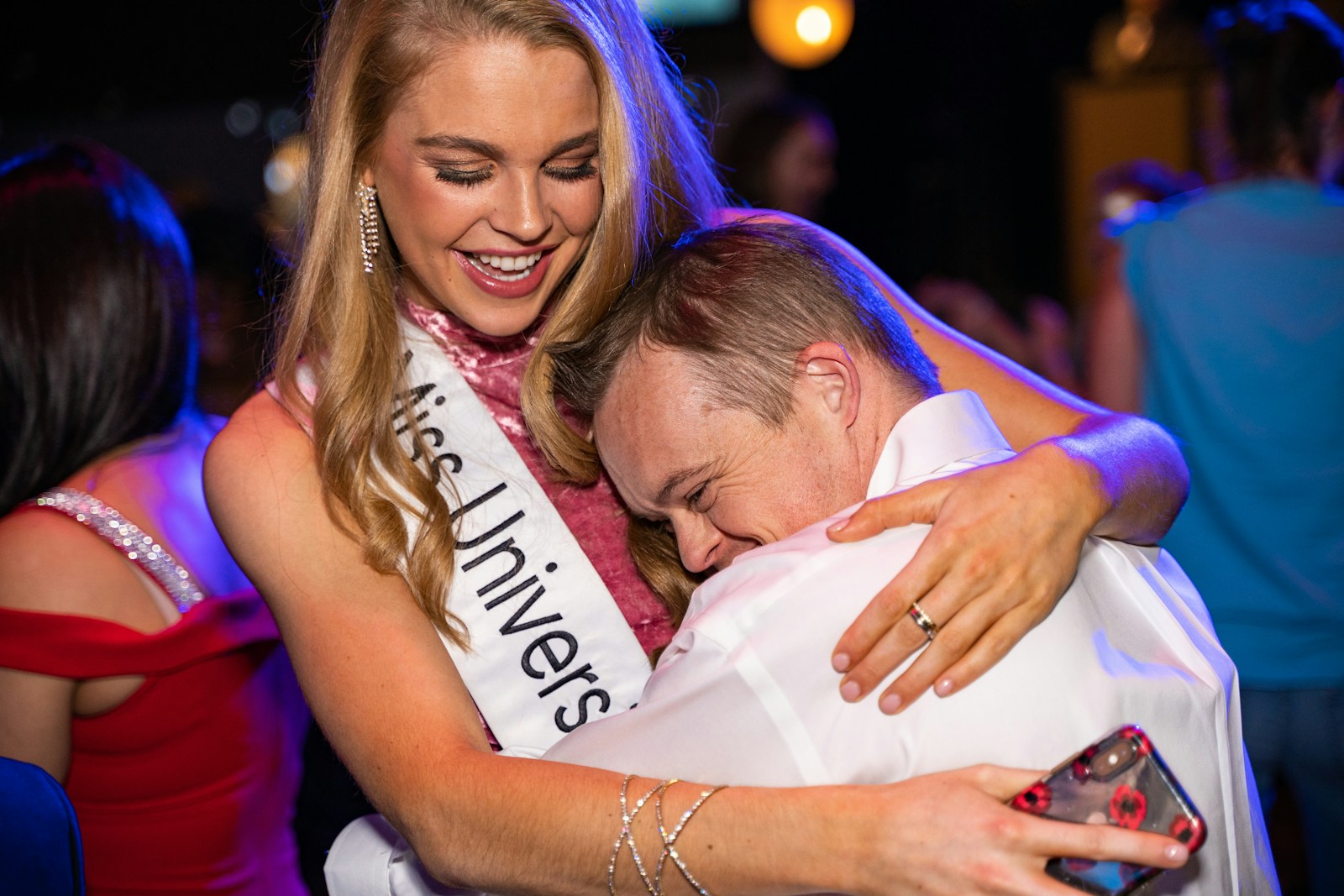
bailotear

dancing
The Spanish word 'bailotear' translates to 'dancing' in English. It is commonly used to describe the action of moving rhythmically to music, typically following a set sequence of steps. Its frequency of use can vary based in regions within Spanish-speaking countries, but it's generally understood by the vast majority. Variations may include dancing professionally, casually, or as part of a cultural tradition.
Example sentences using: bailotear
Vamos a bailotear en la discoteca esta noche.

We are going to dance around in the nightclub tonight.
This sentence is in imperative mood, suggesting an action that is going to happen in the future. It is about going to a nightclub and dance around, which is a common activity for nightlife.
Me encanta bailotear en la playa bajo la luna.

I love to dance around on the beach under the moon.
This sentence is expressing a personal preference of the speaker about dancing on the beach under the moonlight. It is a romantic and serene image that suggests a peaceful and enjoyable activity.
Mis amigos y yo solíamos bailotear en las fiestas hasta el amanecer.

My friends and I used to dance around at parties until dawn.
This sentence is articulating memories about partying and dancing with friends. It uses the imperfect tense to depict a habit in the past, indicating an activity that took place regularly.